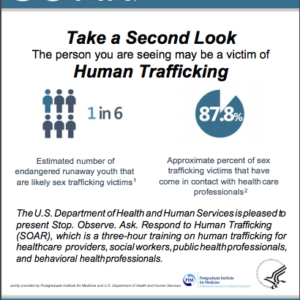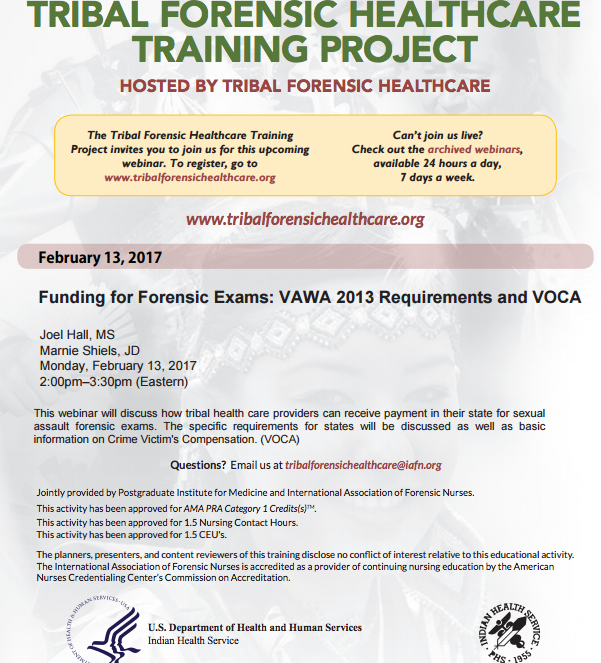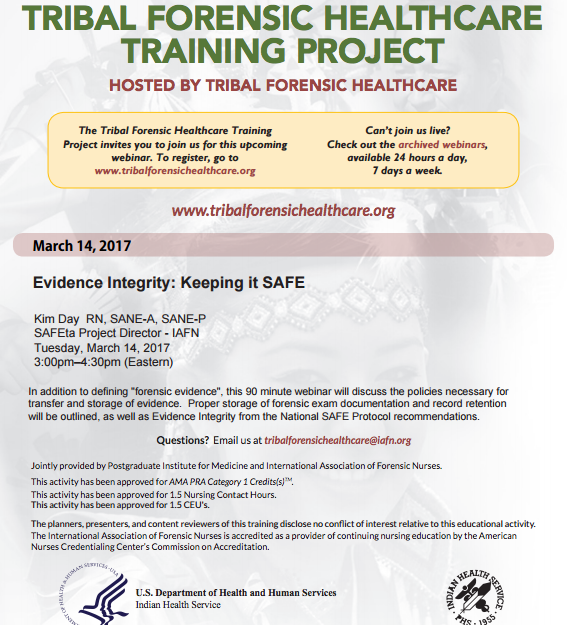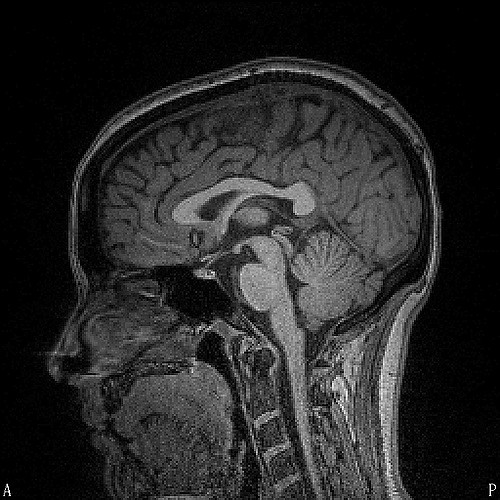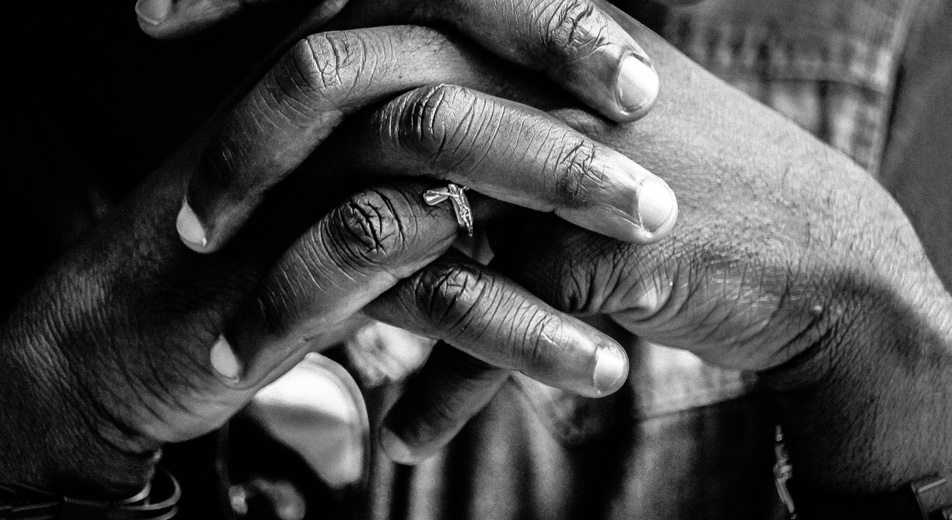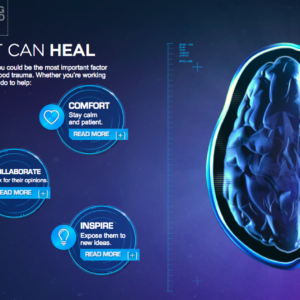Apologies for missing the 1st half of the week, but I had my hands full with our Leadership Training and Lobby Day, which was a fantastic couple of days. And now, seeing as April is Sexual Assault Awareness Month, a totally appropriate posting for the 1st one I’m managing this #SAAM2017. And featuring my friends, no less. OVCTTAC is sponsoring a Q&A with Susan Chasson and Jennifer Pierce-Weeks on building an effective SANE program. The session will be held April 19th at 2pm ET. From the registration:
Providing comprehensive health care to survivors of sexual assault is critical to minimizing the long-term consequences of this traumatic experience. That is where a Sexual Assault Nurse Examiner (SANE) can help. This session will focus on how to start or improve a SANE program in your community with OVC’s SANE Program Development and Operation Guide. Now available online at https://www.ovcttac.gov/saneguide.
